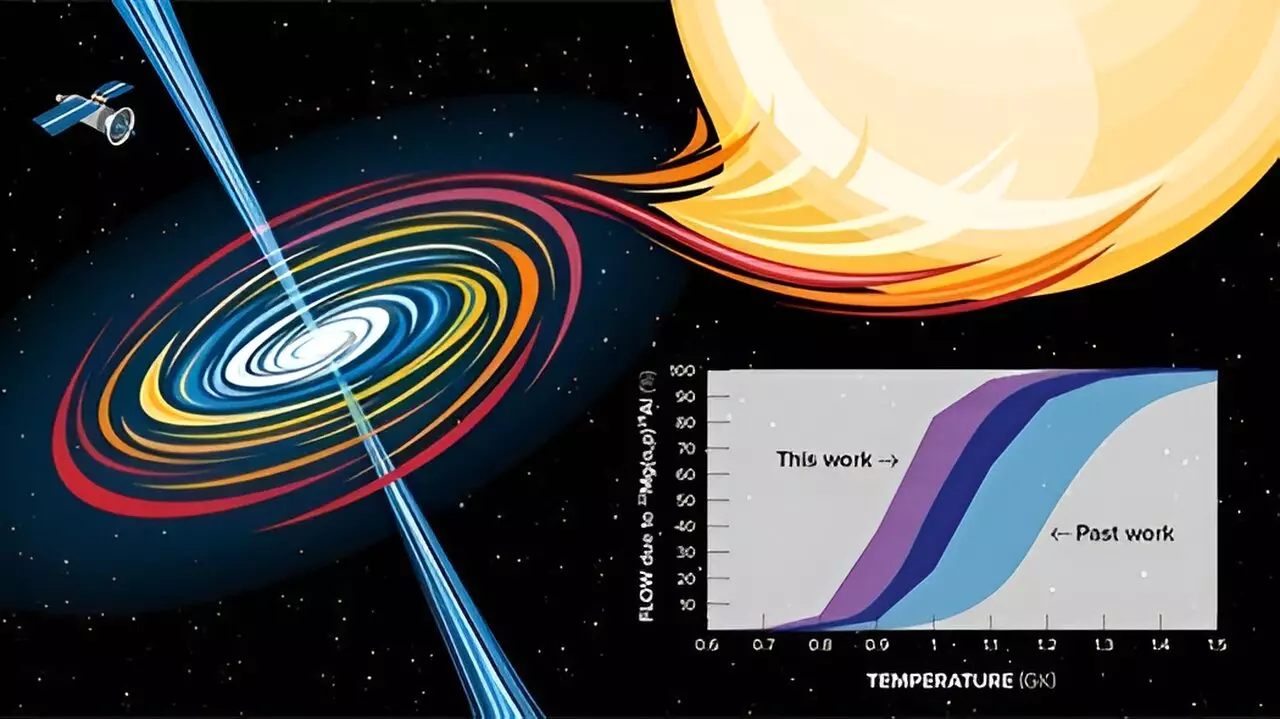X-ray bursts (XRBs) are a fascinating phenomenon that occurs on the surface of a neutron star when it absorbs material from a companion star. These bursts are triggered by a cascade of thermonuclear reactions, leading to the creation of heavy chemical elements. A recent study published in Physical Review Letters sheds light on one of these reactions, namely the 22Mg(α,p)25Al reaction, and its significance in powering XRBs.
XRBs are driven by a series of reactions involving unstable nuclei that rapidly capture protons before they decay. This process is crucial in determining the reaction mechanisms that fuel XRBs. During this sequence, certain reactions, such as the 22Mg(α,p)25Al reaction at the magnesium-22 waiting point, play a critical role in shaping the evolution of XRBs. By studying these reactions, scientists aim to improve their understanding of the underlying physics of XRBs.
To measure the 22Mg(α,p)25Al reaction, scientists conducted experiments using the Argonne Tandem Linac Accelerator System (ATLAS) at Argonne National Laboratory. The researchers developed an in-flight radioactive beam with the ATLAS in-flight system and delivered it to the MUlti-Sampling Ionization Chamber (MUSIC) detector filled with pure helium gas to recreate conditions relevant to XRBs. This methodology allowed for a direct measurement of the angle and energy-integrated cross-section of the reaction.
The experiment revealed that the rate of the 22Mg(α,p)25Al reaction is four times higher than previously measured, indicating a higher likelihood of bypassing the magnesium-22 waiting point. This finding challenges existing theories and suggests that the reaction may occur at lower temperatures than previously believed. The higher reaction rate provides valuable insight into the nucleosynthesis reaction flow through the magnesium-22 waiting point in XRBs.
The 22Mg(α,p)25Al reaction has a significant impact on the evolution of XRBs by influencing the synthesis of heavy elements in these explosive events. The new findings from the study contribute to our understanding of XRBs and highlight the complex interplay of reactions that power these astronomical phenomena. Further research in this area can deepen our knowledge of XRBs and the processes that govern the life cycles of neutron stars in the universe.


Leave a Reply